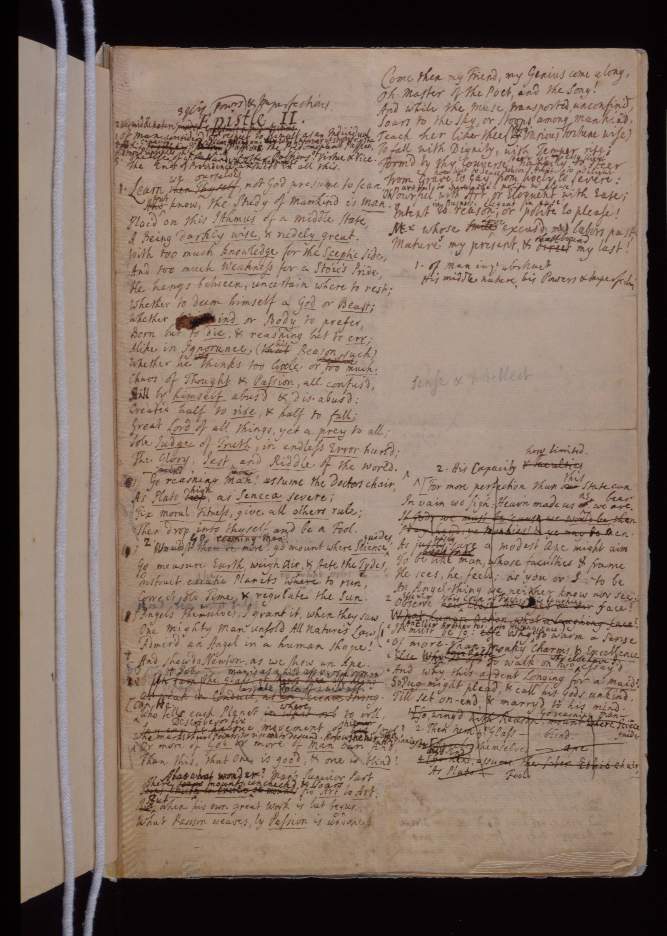When Siegfried met Hester
From his diaries and letters it is clear when Siegfried Sassoon met Miss Hester Gatty on 5 September 1933 that he fell deeply in love with her. By 18 December they were married; hence today’s post.
The Sassoon collection contains a significant bundle of love letters sent by Sassoon to his intended. His declarations of love to her are bold and revealing:
– MS Add.9852/12/1/3/13, 9 October 1933:
“…no one in the world matters to me now, no one except Hester.”
“I have first calculated that to go through all the poetry I want to share with you it will take exactly 999 years and there will be more time needed for music.”– MS Add.9852/12/1/3/17, undated, perhaps 16 October:
“I believe that my whole life has been a preparation for the moment when I met you & know, in my soul, that we were made for one another. You, the first woman I have ever loved. There will be no memories, Hester, when you are mine, only the memories of years of frustration which you will make me forget.”
– MS Add.9852/12/1/3/21, 25 October 1933:
“You are my life, my love, & my soul’s redemption, & the end of all my vigils.”
1930-2 had been painful years for Sassoon but the summer of 1933 brought the wind of change; the final end of his distressing relationship with the aesthete Stephen Tennant; a delightful new friendship in the person of bibliophile and surgeon Geoffrey Keynes; and elation in the easy, yet animated, company of Hester.
Sassoon’s social life and literary commitments regularly took him away from home, both from Fitz House before his marriage and from Heytesbury after, but this did not prevent frequent communication with his beloved. A bundle of love letters catalogued as MS Add.9852/12/1/3 contains three letters all written to Hester on 21 May 1936. Sassoon wrote to her so many times on that day he did not date his letters; rather he puts the day and time: “Wednesday 5.30”, “Wedy – 7-15”, “Wednesday night (terribly late)”. In fact it is only because Hester did not discard the envelopes (and hence the post marks) that we are able to date the letters precisely at all.
The letters are not short and, although much of the hand writing is not his usual compact script, he has squeezed many lines onto each sheet. It is impossible to be certain if the looser writing indicates excitement or a need to write at speed. In the three letters of 21 May he entirely filled five and a half sides of paper 5¼” x 7″ to her. One wonders how long this lover’s feat may have taken him. Perhaps in our own era he might have been a regular emailer and texter? The Daily Mail reported this October that the average couple sends 3 texts and 1 email to each other per day while 1 in 10 couples spend more time communicating in text than talking: Daily Mail Article.
